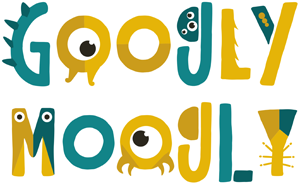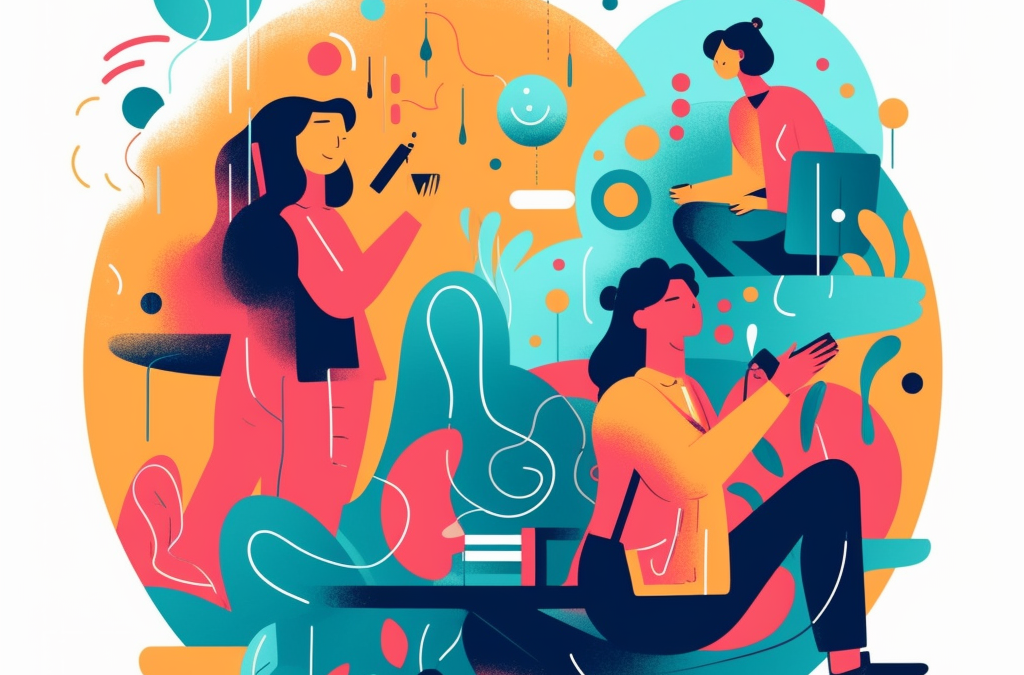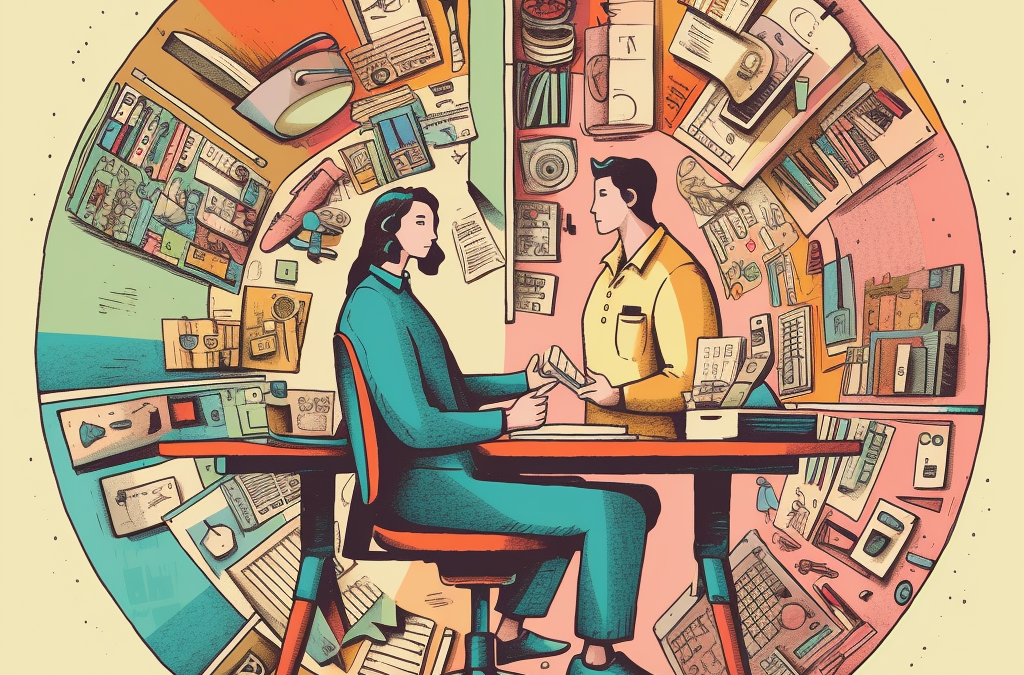Playing with LEGO® is a fun, engaging and creative way of learning. But did you know that it can also help businesses to achieve better team collaboration and improved communication skills? That’s right, playing with LEGO® can actually provide your business team with vital skills that can help them become better collaborators, communicators and problem-solvers. There’s a name for using everyone’s favorite building brick toy in business and that’s LEGO® SERIOUS PLAY® (or LSP for short). In this blog post, we’ll look at three key things that your business team should use to hold LEGO® SERIOUS PLAY® workshops: gathering inputs, using LEGO® for business interactions, and uncovering insights through collaboration. Let’s dive in!
Gathering inputs to accelerate workshops:
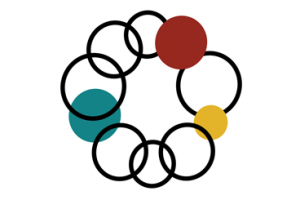 In order to implement a successful LEGO® SERIOUS PLAY® workshop, step 1 involves gathering inputs from all team members through several activities. This could include individual interviews, collaborative brainstorming sessions where the facilitator interacts with each person to get their ideas on paper, or even a simple digital information gather. Through these exercises, it’s possible to gain valuable insights into the mindset of each member by focusing on their thoughts and feelings about the problem at hand. By capturing the thoughts of everyone involved through these activities, it allows for a more comprehensive understanding of the problem and helps establish goals we want to solve in the workshop.
In order to implement a successful LEGO® SERIOUS PLAY® workshop, step 1 involves gathering inputs from all team members through several activities. This could include individual interviews, collaborative brainstorming sessions where the facilitator interacts with each person to get their ideas on paper, or even a simple digital information gather. Through these exercises, it’s possible to gain valuable insights into the mindset of each member by focusing on their thoughts and feelings about the problem at hand. By capturing the thoughts of everyone involved through these activities, it allows for a more comprehensive understanding of the problem and helps establish goals we want to solve in the workshop.
This information is used as pre-LEGO® SERIOUS PLAY® workshop preparation and tangible documents gathered can be placed on the walls of the workshop room to be used as material to review before the session, during breaks, and as references for inputs during activities.
Applying LEGO® methods for business interactions:
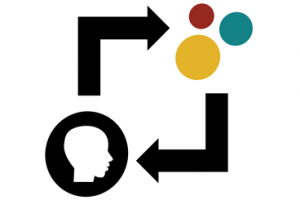 In step 2 of using the LEGO® SERIOUS PLAY® method, LEGO® bricks are then used as an interactive tool to facilitate conversations around specific challenges or topics. The facilitator will ask questions to prompt discussion amongst participants while they build structures out of blocks that represent their current challenges or objectives. This helps teams collaborate better by allowing them to visualize complex issues in physical form while engaging in meaningful dialogue around those issues. Furthermore, it encourages people to listen more closely as they try to understand each other’s points of view which can improve communication between team members.
In step 2 of using the LEGO® SERIOUS PLAY® method, LEGO® bricks are then used as an interactive tool to facilitate conversations around specific challenges or topics. The facilitator will ask questions to prompt discussion amongst participants while they build structures out of blocks that represent their current challenges or objectives. This helps teams collaborate better by allowing them to visualize complex issues in physical form while engaging in meaningful dialogue around those issues. Furthermore, it encourages people to listen more closely as they try to understand each other’s points of view which can improve communication between team members.
Uncovering insights through LSP collaboration:
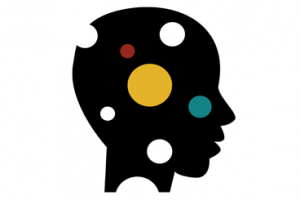 Step 3 involves uncovering insight through collaboration between different stakeholders who are working together towards a common goal or objective. As all participants explore their ideas through different perspectives using LEGO® bricks, it allows for deeper conversations that can reveal fresh insights into initiatives or strategies which may not have been considered previously due to lack of open dialogue amongst team members. By exploring different angles and considerations within a safe space created via the use of LEGO® bricks, improvements in communication skills are likely due to increased shared understanding and mutual respect among group members as well as enhanced listening capabilities which fosters greater collaboration overall.
Step 3 involves uncovering insight through collaboration between different stakeholders who are working together towards a common goal or objective. As all participants explore their ideas through different perspectives using LEGO® bricks, it allows for deeper conversations that can reveal fresh insights into initiatives or strategies which may not have been considered previously due to lack of open dialogue amongst team members. By exploring different angles and considerations within a safe space created via the use of LEGO® bricks, improvements in communication skills are likely due to increased shared understanding and mutual respect among group members as well as enhanced listening capabilities which fosters greater collaboration overall.
Although playing with LEGOs isn’t typically seen as a serious skill required in business circles, its application within teams proves otherwise – providing essential lessons around gathering input from all members involved; facilitating conversations through visual representation; and uncovering fresh insights which may lead to more productive results overall. As such, if you’re looking for ways to improve your team’s dynamics, why not give playing with LEGOs a go? Who knows – you may find yourself pleasantly surprised!
If you were wondering, these three steps are actually the steps we take when executing a creative workshop. Let us know if you have any questions or if you’d like to schedule time to talk about how we can work together!
